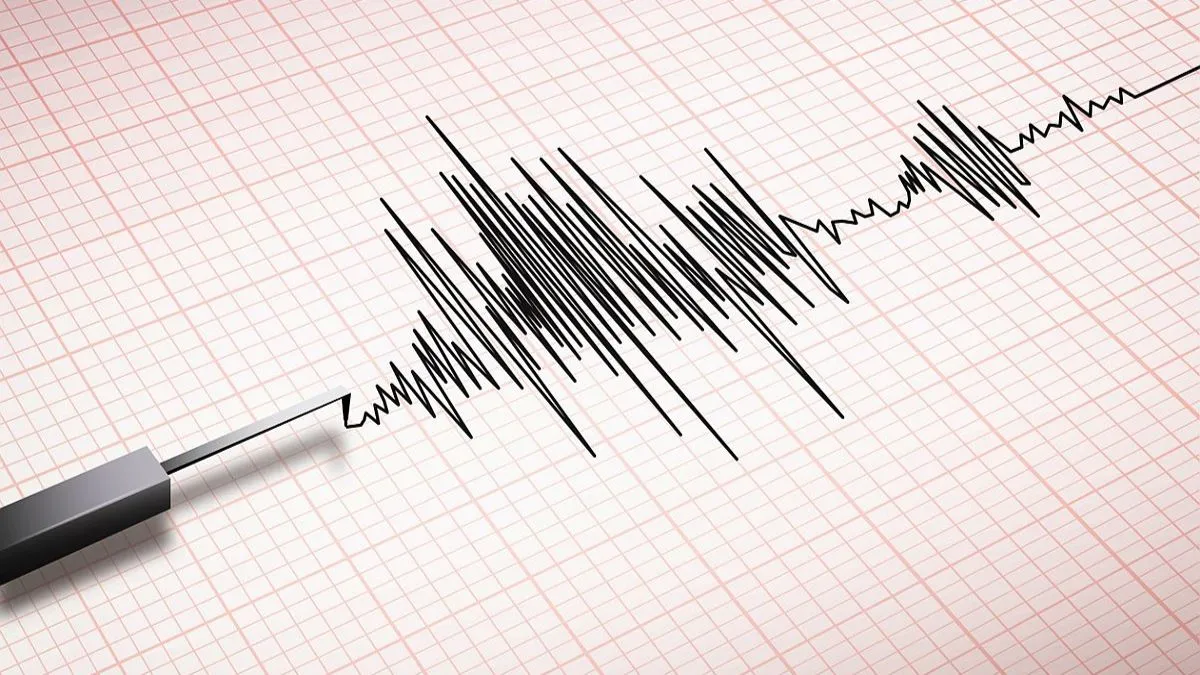- By Supratik Das
- Fri, 15 Aug 2025 04:17 PM (IST)
- Source:JND
Russia Earthquake Today: A magnitude 6 earthquake shook the east coast of Russia’s Kamchatka region on Friday, the German Research Centre for Geosciences (GFZ) reported, adding to a series of strong tremors that have rattled the Far East in recent days. The quake was at a depth of 10 km (6.21 miles), the GFZ said. Regional authorities confirmed that they were prepared for seismic activity following a massive earthquake in the region. Emergency measures, including localised states of emergency, were swiftly implemented to ensure public safety, and no major structural damage was reported.
Earlier this month, on August 5, A powerful earthquake measuring 5.1 magnitude struck off Russia’s Far East coast, flooding a fishing port with waves from a tsunami, cutting power to a few areas, and sending some panicked residents fleeing buildings but causing only a few injuries.
On August 3, a 6.7-magnitude earthquake hit Russia’s Kuril Islands, rattling the isolated archipelago. Initial reports from the GFZ measured the quake at 6.35 magnitude before updating it to 6.7. This quake followed a series of intense earthquakes in the region, including the massive 8.8-magnitude quake on July 30, the strongest in the area since 1952. The Klyuchevskoy volcano erupted shortly after, spewing lava and ash across Kamchatka. Scientists attribute the heightened activity to movement along the Pacific Ring of Fire, a tectonically volatile zone responsible for over 80 per cent of the world’s largest earthquakes.
Kamchatka: Land Of Fire And Ice
The Kamchatka Peninsula, often called the “land of fire and ice,” is one of the world’s most seismically active volcanic regions, home to approximately 300 volcanoes, 29 of which remain still active, according to NASA’s Earth Observatory. The 1,200-kilometer (750-mile)-long peninsula, nine time zones east of Moscow, faces the Pacific Ocean on its east and the Sea of Okhotsk along its west coast. Kamchatka and a few nearby islands have a population of about 290,000, with about 162,000 of them living in the regional capital of Petropavlovsk-Kamchatsky in Avacha Bay on the peninsula’s southeast.
There are few roads on the peninsula, and helicopters are the only way to reach most areas. Fishing is the main economic activity. The tallest volcano is Klyuchevskaya Sopka (4,750 meters or 15,584 feet), the largest active volcano in the Northern Hemisphere. Observers heard explosions and saw streams of lava on its western slopes, according to the Kamchatka branch of the Russian Academy of Sciences’ geophysical service. It last erupted in 2023.
Geologists and disaster preparedness agencies have cautioned that aftershocks are likely to continue in Kamchatka, the Kuril Islands, and surrounding regions. “The Pacific Plate’s recent movement is concerning. Kamchatka and the Kurils remain particularly vulnerable,” a seismologist from the Russian Academy of Sciences said on Telegram. Russia’s Emergency Ministry has deployed alert systems and early response teams across the Far East to monitor seismic activity, urging residents in the region, as well as in Japan and the wider Pacific basin, to remain vigilant.
